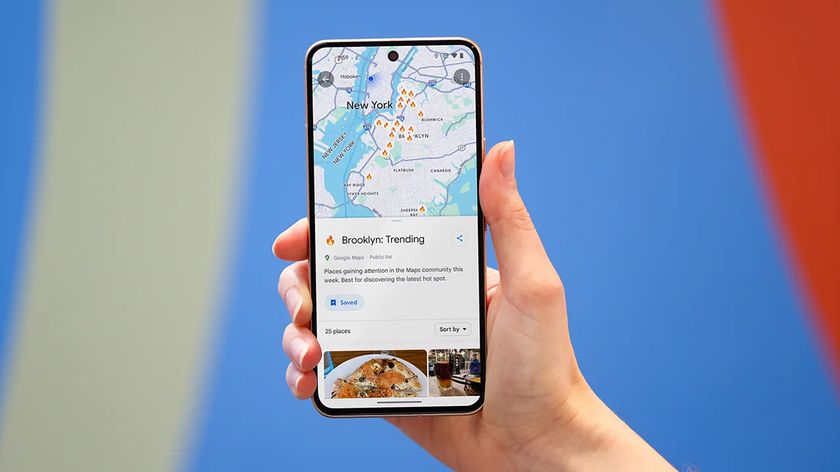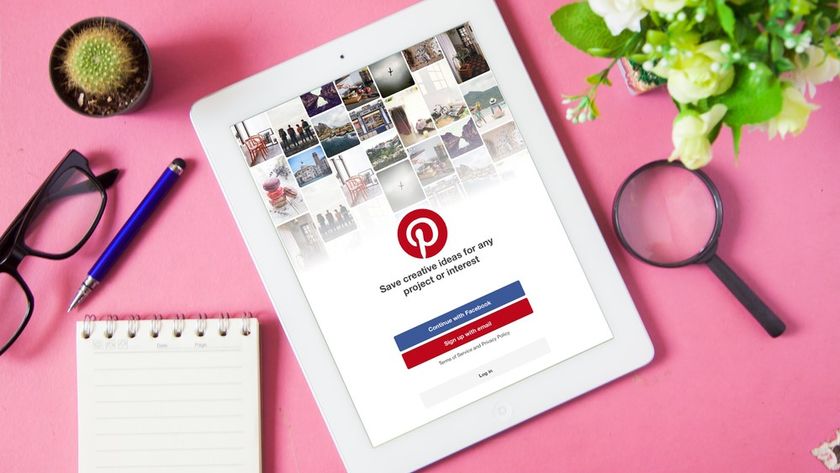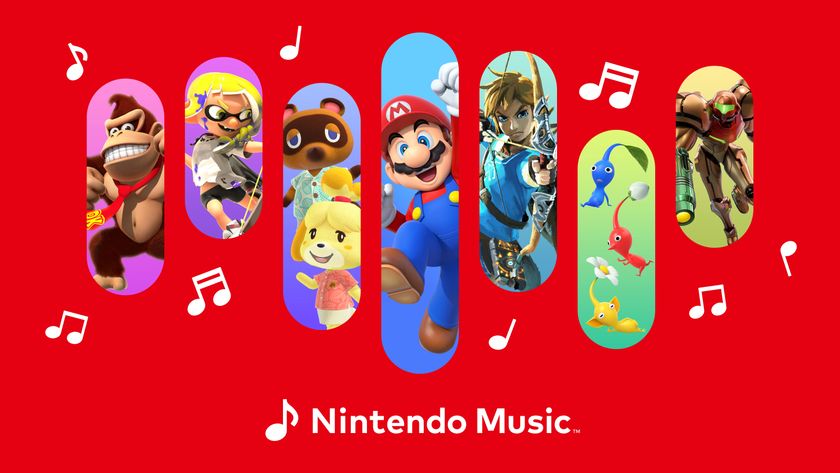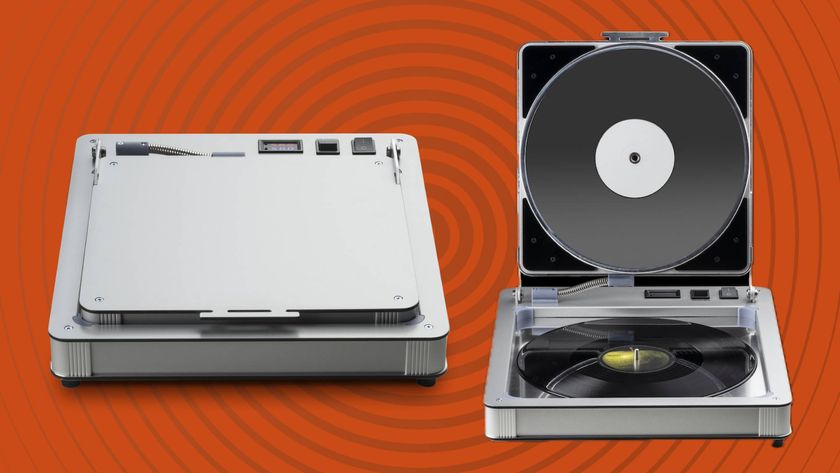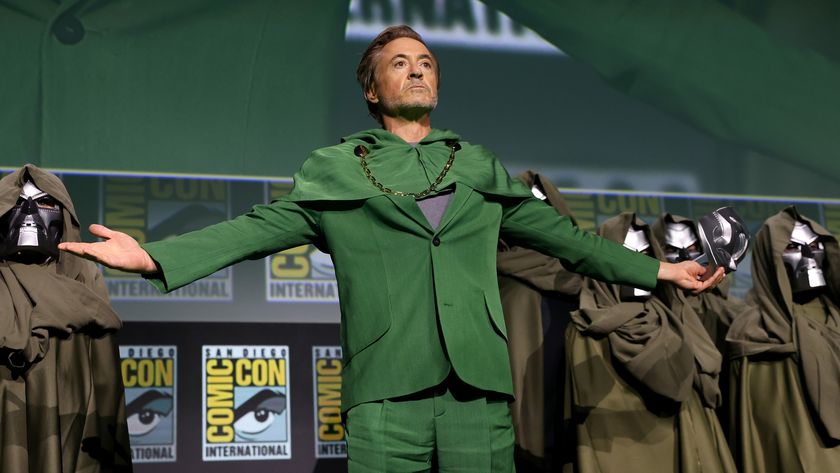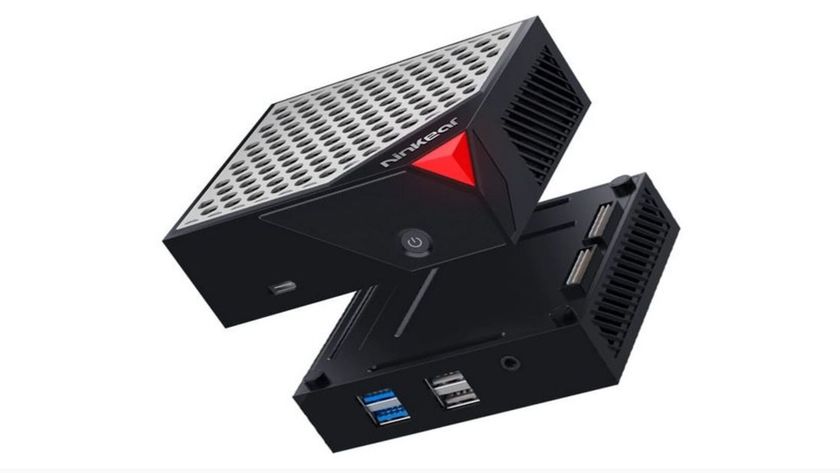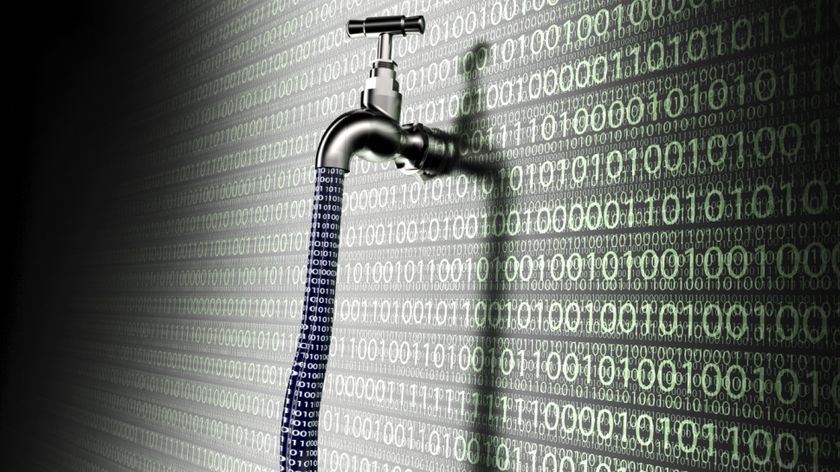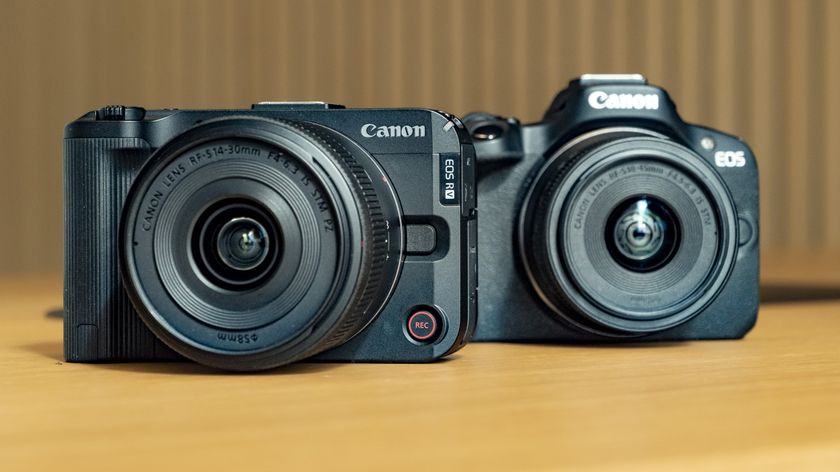The most common web design myths busted
Misconceptions in web design and development uncovered
Usability issues
"This myth probably came about due to sites like Jakob Nielsen's useit.com," says Bowles. "For a long time it was a trailblazer for usability issues, but it looked like it had been made by a colour-blind accountant. For years, usability people had to fight this negative perception, particularly against visual designers who wanted to embellish their sites."
Fortunately, Bowles says, the user experience field has matured substantially and usability is now seen as just one aspect of user experience, of which visual design is an important component. "There are thousands of exciting, engaging sites out there that are also easy to use. The next time someone tells you usability and attractive design don't mix, point them at the likes of Mint.com or Campaignmonitor.com."
Access all areas
Sometimes, user experience expectations lead to iffy techniques becoming commonplace, which in turn leads to more myths. For instance, there's the thorny issue of new windows.
Cognifide's Bartek Szopka reckons there's more than one side to this particular problem, and, in fact, two related myths. "It was once common to open external links in a new window, so the user didn't have to 'leave' the website and could go back to it by switching windows." This gave rise to a myth that external links should always be opened in new windows for user convenience.
Thankfully, this is rarely given credence today. Szopka considers it bad form for various reasons: designers shouldn't decide for users whether a link should be opened in a new window; links opening in a new window might confuse users (or be detrimental to the visually impaired), and; this behaviour breaks the 'back' button. However, Szopka believes this now discredited myth has given birth to an alternate myth that argues you should never open links in a new window.
Get daily insight, inspiration and deals in your inbox
Sign up for breaking news, reviews, opinion, top tech deals, and more.
"In fact, there are times when opening something in a new window is a good idea," he counters. "For example, a PDF or a large image that needs to be rendered, a help window in a web application, or a print version of a website."
This concern for accessibility leads us to Happy Cog founder Jeffrey Zeldman's biggest bugbear: the myth that accessibility is too hard, too expensive and just not worth it. "The reality: it is hard and expensive trying to retrofit accessible mark-up and unobtrusive scripting to sites built the 1990s way," he says. "But accessibility is easy and inexpensive if you design with web standards."
He says writing semantic mark-up, using CSS for layout and practicing unobtrusive scripting gets you most of the way there. "Remember, too, if your site's content is accessible to people with disabilities, it's also accessible to Google – a major boost if you want your content to be found."
CSS myths
Although a relatively new technology, CSS has nonetheless managed to become partly responsible for a couple of myths. Perhaps the most controversial is what Meyer calls 'the biggest myth in web design': that we have a layout technology. "We don't and never have – not from the birth of the medium and until today," he says, presumably sending advocates of CSS layouts into an apoplectic frenzy.
But Meyer has a point. He notes that various technologies have effectively been co-opted and bent to become layout systems.
"Some were better suited to the task than others, and some started out trying to be layout systems but haven't made it yet. Some were never meant to be so in the first place," he says, arguing that a great deal of ingenuity, cunning, and plain desperation has driven us to wring as much layout power as we can out of available technologies.
"I hope one day this won't be necessary, but I doubt it. No matter how powerful the technology, people will always want to do things it can't handle."
Ironically, the opposite is also true. Some myths state you can't do certain things with layout, despite them being perfectly feasible. For example, the myth that designers should only use web-safe fonts, when common installs make many alternatives available.
Engage Group's Nathan Thompson tackles a similar myth that web type is severely limited by current technology: "Techniques like sIFR provide the opportunity to use whatever font you choose without having to forego accessibility. But it's not all about aesthetics. Too often, online typography doesn't get the attention it deserves. Experimenting with all caps and letter-spacing can improve legibility and encourage a user to read."
At the absolute minimum, Thompson recommends using CSS line-height – doubling the default value immediately results in a more readable page. "There's nothing worse than struggling through overly compact online type," he says, "and it won't do your clients any favours."
Designers vs developers
Away from coding issues, there's a more fundamental myth eating away at the heart of the web industry. A belief exists that designers can't 'do' technical, that developers build ugly sites, or that print designers can't 'do' web design. Such reasoning crumbles – at least in a global sense – when looked at objectively.
Although individuals are typically drawn to and are more proficient within a certain area of expertise, exclusion from everything else on the basis of specialisation is absurd. "Design and development feed off each other and one can't exist without the other," Modera CEO Siim Vips reminds us. "Long have designers not been given credit for understanding technology, and, similarly, developers regarding design.
"While in the early days it was a different story, we're now in an evolving industry where each side has grown together. Successful projects are usually built by designers and developers that co-exist, knowing more – not less – about eachother's disciplines."
Lingering 'truth' to the myth exists only in a vague sense, in that someone lacking experience will rarely excel. "But there are plenty of places where, for example, designers can acquire knowledge to create layouts that won't present problems for developers," says freelance designer Martin Cajzer. He believes the 'can't do' myth can be eliminated entirely via a simple foundation:
"A designer doesn't need thorough expertise on complex frameworks – simple knowledge regarding what's possible is enough, such as understanding the possibilities presented by JavaScript libraries."
